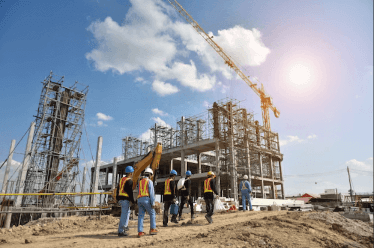Question
a.
dialysis
b.
electrodilysis
c.
diffusion
d.
ultrafiltration.
Posted under Mass Transfer Basic Chemical Engineering
Interact with the Community - Share Your Thoughts
Uncertain About the Answer? Seek Clarification Here.
Understand the Explanation? Include it Here.
Q. Reverse osmosis is also called
Similar Questions
Explore Relevant Multiple Choice Questions (MCQs)
Q. Which of the following is not a batch drier?
View solution
Q. Steam distillation is not recommended to be used, if the
View solution
Q. Rayleigh equation applies to __________ distillation.
View solution
Q. Molecular distillation is
View solution
Q. Drying of a wet solid under constant drying conditions means the exposure of the wet solid to the air of constant
View solution
Q. Which of the following provides maximum contact surface for a liquid-vapour system?
View solution
Q. For experimental determination of mass transfer co-efficient by wetted wall tower, the mass transfer area is
View solution
Q. In stripping section of continuous distillation column, the
View solution
Q. In extraction, as the temperature increases, the area of hetrogeneity (area covered by binodal curve)
View solution
Q. Pick out the wrong statement.
View solution
Q. In case of an unsaturated mixture of gas and vapor, the percentage saturation is __________ its relative saturation.
View solution
Q. At constant pressure, with increase of temperature, the dew point will
View solution
Q. For a single component absorber, the operating line is straight only when plotted in term of __________ units.
View solution
Q. Raschig ring made of procelain cannot be used for treating concentrated
View solution
Q. H₂S present in naphtha reformed gas is removed by absorbing with
View solution
Q. During constant rate drying period, vaporisation rate per unit drying surface area
View solution
Q. Pick out the wrong statement.
View solution
Q. In rectifying section of a continuous distillation column, the
View solution
Q. For a distillation column operating at minimum reflux, the
View solution
Q. A solid is being dried in the linear drying rate regime from moisture content Xo to XF. The drying rate is zero at X = 0 and the critical moisture content is the same as the initial moisture Xo. The drying time for M = (Ls/ARc) is (where, L = total mass of dry solid, A = total surface area for drying Rc = Constant maximum drying rate per unit area X = moisture content (in mass of water/mass of dry solids))
View solution
Recommended Subjects
Are you eager to expand your knowledge beyond Basic Chemical Engineering? We've handpicked a range of related categories that you might find intriguing.
Click on the categories below to discover a wealth of MCQs and enrich your understanding of various subjects. Happy exploring!








